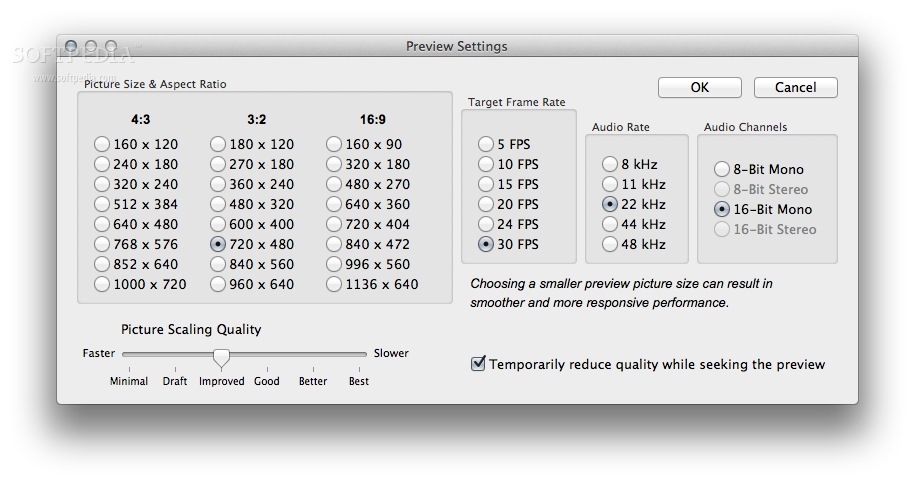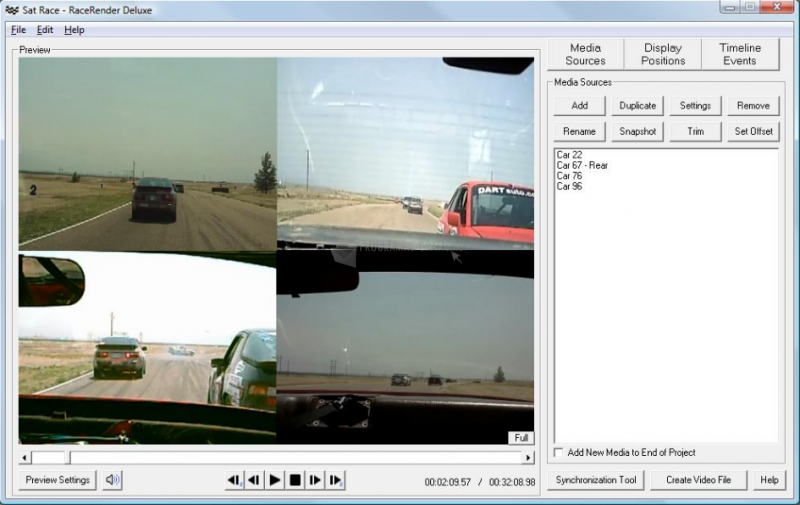
/cloudfront-us-east-1.images.arcpublishing.com/octane/K4PFK4EDSPU2TWKXSBYJ5DIEKI.jpg)
The iTead Studio GPS Shield is just a NEO-6M module, an SD Card module, a u.FL to SMA adapter, and a GPS SMA Antenna. You can ignore the rest below if you just want to just buy the parts and have a working setup without any headache, but I'll list some ways you can save money and buy generic parts. 1 x USB Power Port Socket for Motorcycles.1 x iTead Studio GPS Shield (NEO-6M model).Mark this sensor down and we'll get back to this later when we start to wire things up. These will be your min and max throttle values.

Still with the KO/EF, record the idle voltage, and then with the gas pressed / throttle pulled all the way down record it again. You can confirm this with the KO/EF, and have someone press the gas / pull the throttle and you'll see the voltage change. The reference will be the highest voltage of the three, Ground should be 0, and the throttle position output will be the one in the middle, typically very low <1V. With the Key On/Engine Off (KO/EF) probe the 3 wires with reference to chassis ground. The last one is the one you are interested in. One is the reference/supply voltage, one is ground, and the other throttle position output. The sensor nearest to cable lever on the throttle body should the TPS and should have 3 wires. If you your Throttle Body is cable driven, you should be able to find it fairly easy by pressing the gas / pulling the throttle and tracing the cable. In general it will be by your Intake Manifold on the Throttle Body (obviously).
#Racerender gear manual#
This one I would recommend looking at your Factory Service Manual to see how it operates and where its located. Mark it down and we'll get back to it later. The one with +12V with the brake pressed will be the one you're interested in. Press and hold down the brake somehow (either have someone else do it, a brick, etc.), set your multimeter to VDC and start probing with reference to chassis ground. One is ground, one is for illumination for night time, and 3rd one is the actual brake light. Just find the plug that goes directly in your rear brake light. This is the easiest of the two so lets get started on that. The Factory Service Manual for your car/motorcycle definitely helps also! You're going to need a multimeter and whatever tools you need to get to these parts, hopefully just screwdriver and ratchet set. However, I will try my best to describe it to you and point you in the right direction.īefore we get started you have to be able to find these two points on your car/motorcycle otherwise we cannot continue any further. *You must be knowledgeable with the electronic system of the car/motorcycle you are trying to data log! Unfortunately, I cannot help you in this area since it varies from car to car / motorcycle to motorcycle.

You won't be able to tell from the data how hard you're pressing the brakes, only when you started to press it or when you let go. The downside to this is that the brake light only has a one bit resolution (ie. There's a big problem with the brake sensor though, most cars/motorcycles don't come with a pressure transducer sensor in the brake line, but we can tap into the brake light circuit. These are where the most improvements can be made to improve your laptime. The 3 main sensor inputs that I believe are the most important to look at for a beginner are 1: Throttle Position, 2: Brakes and 3: Position (GPS).

So we'll go straight to the source and do it manually. But, my motorcycle doesn't have OBD and OBD is missing a key input which is the brakes.
#Racerender gear Bluetooth#
This can all be done nowadays with an OBD bluetooth module and a smartphone since it has GPS. There are many ways to do this, the most popular one is dumping data from the OBD port. There are some current limitations such as data resolution and data syncing from different inputs, but it's a good way to get your feet wet into data logging. This is an old project of mine that I got asked a couple of times during a trackday and figured I'd post it up for people interested.


 0 kommentar(er)
0 kommentar(er)
